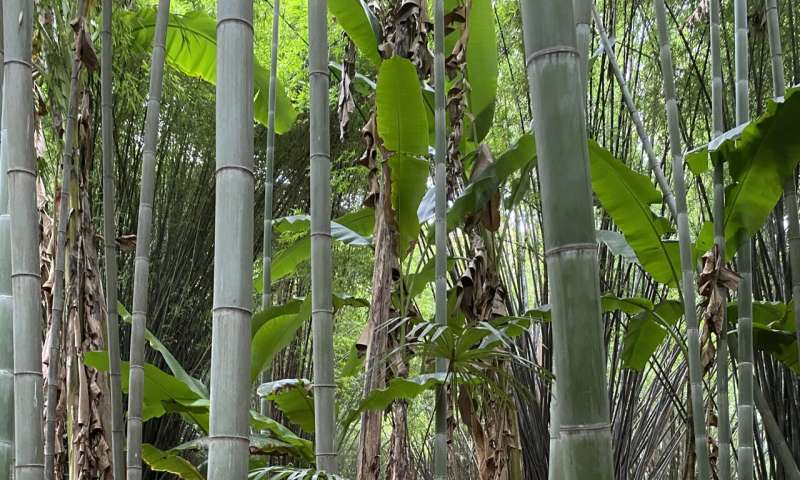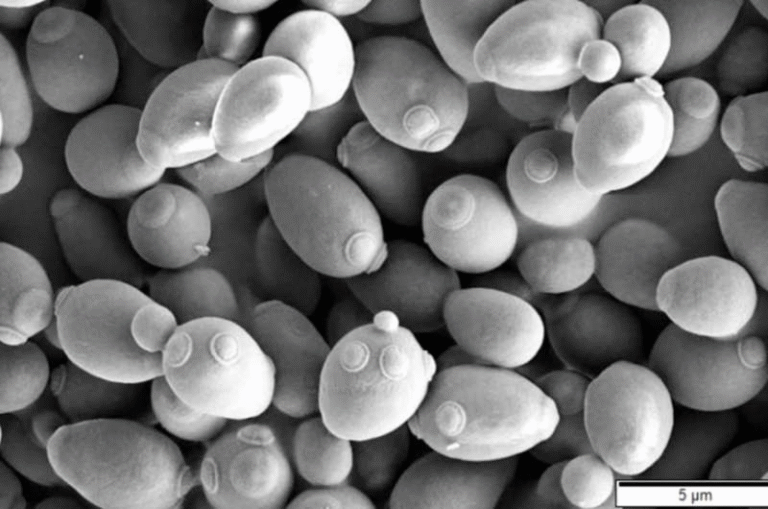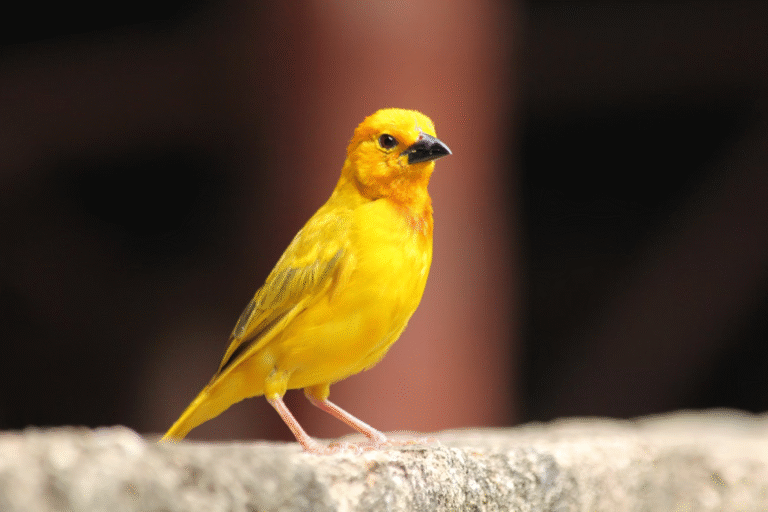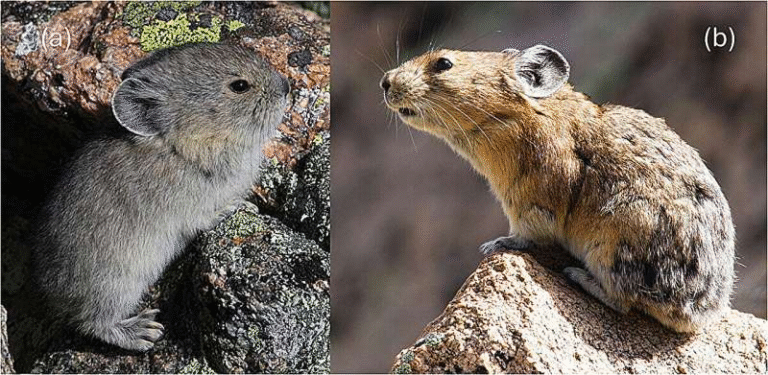Scientists Uncover Climate-Friendly Powerhouses: The Rise of “Grassy Trees”

A group of researchers from New York University (NYU) has identified a fascinating category of plants that could play a crucial role in tackling climate change. These are “grassy trees” — tall, tree-like plants such as bamboos, palms, and bananas that don’t quite fit into the usual categories of “trees” or “grasses.” Their unique combination of traits, it turns out, might make them one of the most promising natural tools for restoring landscapes, storing carbon, and supporting biodiversity.
The study, published in Trends in Ecology & Evolution, provides the first global analysis of how much carbon these plants capture and store. The findings suggest that grassy trees combine the height and canopy structure of trees with the resilience and fast growth of grasses, giving them a special edge in a world dealing with extreme weather and environmental degradation.
What Exactly Are Grassy Trees?
At first glance, plants like bamboo, palm, and banana trees look like typical trees. They’re tall, they have leaves spreading out in a canopy, and they often dominate tropical landscapes. But biologically, they’re closer to grasses. Unlike traditional trees, their stems don’t grow thicker with age, meaning they don’t form the woody trunks we usually associate with trees.
Despite this, these plants often reach impressive heights — some bamboos can shoot up to 30 meters tall in a matter of months. Because of this unusual mix of characteristics, scientists have struggled to neatly classify them. The NYU researchers suggest calling them “grassy trees” to better describe this hybrid nature.
This terminology isn’t just for convenience. It gives scientists and policymakers a clearer framework to map their global distribution and assess their environmental benefits — something that hasn’t been done comprehensively until now.
The Power of a Hybrid Growth Form
What makes grassy trees so special is their ability to combine the best features of both trees and grasses.
- Rapid growth: Like grasses, they grow and regenerate quickly. This allows them to recover fast after natural disasters like fires, storms, or human harvesting.
- Structural height: Like trees, they can create a canopy, which is important for supporting ecosystems and providing shade for crops and people.
- Carbon capture: Their productivity — the rate at which they absorb carbon dioxide and convert it into biomass — is higher than that of grasslands or forests dominated by slower-growing trees.
- Carbon storage: While they store less carbon overall than large forest trees, they still store more than grasslands, putting them in an intermediate yet significant position.
This balance between speed and structure means grassy trees could be vital players in climate adaptation and restoration projects — especially in tropical and subtropical regions where these plants are already part of the natural or cultivated landscape.
The Global Study and Its Findings
To understand just how effective grassy trees are, the NYU team compared 12 different ecosystem types. These included:
- Tree-dominated systems: tropical, temperate, and boreal forests.
- Grass-dominated systems: savannas, grasslands, and croplands.
- Grassy tree systems: bamboo forests, palm plantations, and banana farms.
The study examined both above-ground and below-ground carbon storage, along with how fast these ecosystems grow and capture carbon.
The results showed that grassy-tree ecosystems are among the most productive on the planet. They outperformed both tree- and grass-dominated systems in terms of growth speed. Their carbon storage, while not as high as that of mature forests, was still substantial — and their resilience gave them a major advantage in areas frequently disturbed by climate events.
This means that ecosystems dominated by bamboo, palms, or bananas could provide a steady, reliable carbon sink while also supporting livelihoods and biodiversity.
Real-World Examples of Grassy Tree Benefits
The researchers highlighted three case studies from different parts of the world that show how grassy trees can support both people and the planet:
- Moriche palm (South America):
Found across tropical wetlands, this palm supports biodiversity and conservation while also providing nutritious fruits and oils for local communities. - Lowland bamboo (Ethiopia):
In East Africa, bamboo has been used to restore degraded soils and water resources. It also fuels a growing green industry that creates jobs and sustainable materials, reducing poverty in rural areas. - Bananas (Southeast Asia):
Beyond being a food staple, bananas are used in home gardens and agroforestry systems. Their broad leaves create shade that protects other crops, improves soil moisture, and boosts food security for small farmers.
These examples show how grassy trees can provide ecological, economic, and social benefits all at once.
Mapping the Opportunity
The NYU researchers also looked at global data from the United Nations Food and Agriculture Organization (FAO) to find where grassy trees are most abundant. Over 30 countries already have significant areas of bamboo and palm cultivation, especially across Asia, Africa, and Latin America. These regions could easily expand their use of grassy trees in sustainable development projects, since the plants are already well integrated into local farming and cultural practices.
Because grassy trees are widely known and locally accepted, communities don’t need to introduce new species or radically change their landscapes. Instead, the focus can be on managing these plants better, measuring their carbon impact, and scaling up existing practices.
Why Grassy Trees Matter for Climate Solutions
Grassy trees could fill an important gap in global climate strategies. Most climate discussions focus on forests (for their carbon storage) or grasslands (for their fast growth and grazing value). Grassy trees bridge these two worlds.
Their high productivity, fast recovery, and multiple uses make them ideal for:
- Reforestation and restoration of degraded lands.
- Sustainable materials production — for example, biodegradable plastics from bamboo, reducing plastic waste.
- Renewable energy sources, as bamboo and palm biomass can be used for bioenergy.
- Community-based carbon farming where locals benefit directly from climate initiatives.
By bringing grassy trees into the climate conversation, countries can design nature-based solutions that are practical, culturally grounded, and ecologically efficient.
Not a Silver Bullet, but a Strong Ally
While grassy trees offer remarkable potential, they are not a replacement for old-growth forests. Mature forests still store far more carbon per hectare and support richer biodiversity. Instead, grassy trees should be seen as complementary — a flexible tool that works best in regions where rapid regeneration, resource production, and resilience are priorities.
The researchers caution that grassy-tree systems must be managed carefully. Large-scale monocultures could reduce biodiversity or strain water resources if not handled properly. Instead, integrating them into mixed landscapes — alongside other trees, crops, and natural habitats — will yield the best results.
Why This Matters for Countries Like India
India is one of the countries where the concept of grassy trees is highly relevant. The country already cultivates large amounts of bamboo, banana, and palm, and faces ongoing challenges like soil degradation, deforestation, and extreme weather.
Grassy-tree ecosystems could help India:
- Restore degraded lands and riverbanks.
- Provide livelihood opportunities in bamboo crafts, banana-based products, and palm materials.
- Strengthen climate resilience in areas hit by floods and cyclones.
- Contribute to India’s carbon reduction goals under the Paris Agreement.
West Bengal, in particular, with its tropical climate and mix of agriculture and forest land, could benefit from incorporating grassy-tree systems into its community forestry and agroforestry programs.
A Fresh Perspective on Nature’s Design
The identification of grassy trees gives us a new lens to see the planet’s vegetation. These plants have quietly sustained communities and ecosystems for centuries, yet have been scientifically underappreciated. Recognizing their hybrid nature and their ecological importance could reshape how we think about climate solutions — moving beyond the old “trees vs grasses” mindset.
As research continues, we may discover even more about their role in stabilizing the climate, supporting biodiversity, and fueling sustainable economies.
Research Reference:
Zheng, Aiyu & Lu, Mingzhen (2025). Grassy Trees: The Neglected Hybrids for Sustainability. Trends in Ecology & Evolution. DOI: 10.1016/j.tree.2025.10.002





